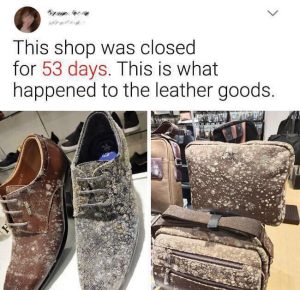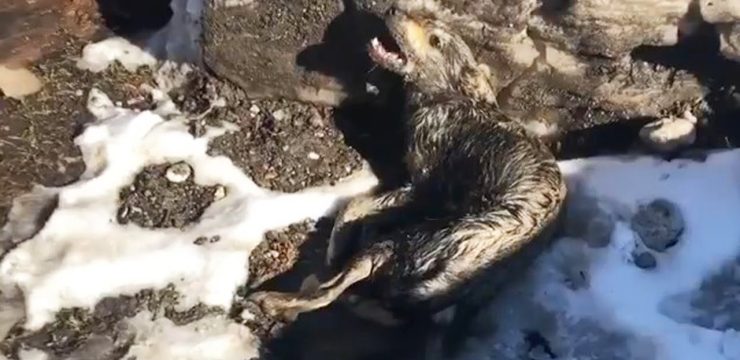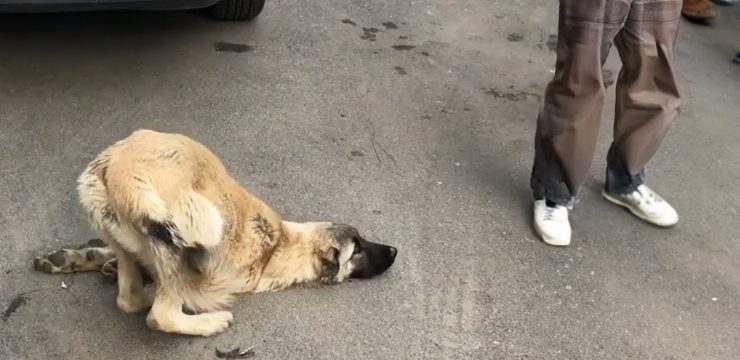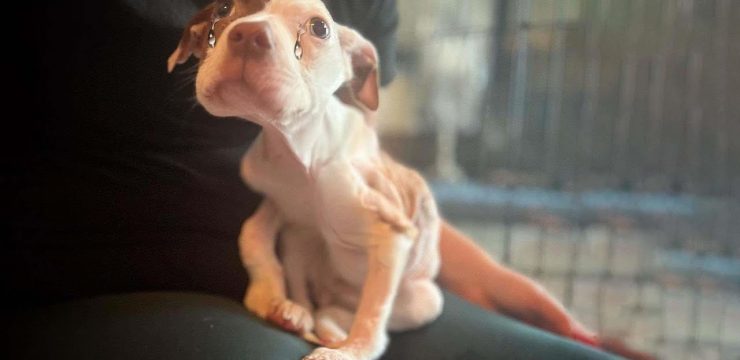It’s often said that asking a silly question will result in a silly answer. Many of us have likely experienced this firsthand on multiple occasions, proving the saying holds true. Yet, asking a question without a definite answer can sometimes spark creativity and lead to unexpected discoveries. It’s always fascinating to see the solutions and ideas people come up with when exploring the unknown. After all, curiosity often drives innovation and discovery.

Consider the intriguing scenarios below, which highlight what can happen when everyday objects or situations are exposed to unique conditions or experiments. These examples not only offer valuable insights but also demonstrate how simple questions can yield fascinating results. The central question we’re exploring is, What Would Happen If… Let’s dive in and discover the outcomes of these unusual situations.
Imagine a leather goods store that was closed for 53 days in a region with high humidity—specifically Malaysia. Over that time, the moisture in the air caused the leather products to develop mold, covering them with a white, fuzzy layer. Leather is particularly susceptible to humidity because it absorbs moisture, leading to mold growth if not properly stored. Similarly, cinemas in Malaysia face the same issue due to high humidity, often developing mold on their seats and walls if not maintained regularly.
Now, consider what happens if you try to disinfect money using a microwave. Microwaves are designed to heat water molecules, but when paper currency is exposed to this heat, the results are surprising. The heat can scorch the bills, causing them to curl, darken, or even ignite if exposed for too long. This experiment highlights the importance of using proper methods to sanitize items without damaging them.
On a more practical note, the difference in quality between everyday items can become apparent over time. Take dish scrubbers, for example. After using a low-cost scrubber for two years, the bristles become flattened and worn, making it less effective at cleaning dishes. In contrast, a high-quality scrubber used for fifteen years may still maintain its shape and functionality, proving that investing in durable products often pays off in the long run.
Potatoes, when left to sprout, undergo a fascinating transformation. After three weeks, the sprouts grow long and thin, searching for light and nutrients. This process is a natural part of a potato’s life cycle, but it also illustrates how vegetables can continue to grow even after being harvested, as long as they have the right conditions.
Applying transparent tape to a matte surface, such as a pen or matte glass, produces an interesting visual effect. The tape adheres to the surface, creating a glossy, translucent patch that contrasts with the matte background. This simple trick can be used creatively to add texture or highlight specific areas of an object.
Brushing a sheepskin rug reveals its hidden softness and natural sheen. Over time, the fibers of the rug can become matted and dull due to regular use, but a thorough brushing restores its fluffy texture and vibrant appearance. This process not only improves the rug’s aesthetics but also helps maintain its longevity.
Smartphone users who frequently swipe their screens with their thumbs may notice wear and tear on their screen protectors over time. The constant friction from swiping can create faint scratches and smudges, particularly in areas where the thumb repeatedly makes contact. This subtle wear pattern serves as a reminder of how often we interact with our devices.
Imagine discovering a lock that hasn’t been touched for over 20 years, with a key still inside. During that time, the lock’s internal components may have rusted or seized, making it difficult to turn the key. Exposure to moisture and air can cause metal components to oxidize, which is why maintaining locks and other metal fixtures is essential for long-term functionality.
Leaving a transparent skull model on a windowsill for seven years results in noticeable changes due to prolonged exposure to sunlight. The UV rays from the sun can cause plastic materials to yellow or become brittle over time. This gradual transformation demonstrates the impact of environmental factors on everyday objects, highlighting the importance of protecting items from direct sunlight to preserve their appearance.
Soda bottles left in a shop window under direct sunlight for several weeks can undergo visible changes. The heat and UV rays may cause the plastic bottles to warp or deform, while the soda inside may lose carbonation or change color. This experiment illustrates how prolonged exposure to heat and light can affect both the packaging and contents of beverages.
In areas prone to flooding, heavy rainfall can leave a lasting mark on roads. Pooled water seeps into cracks and crevices, causing erosion and weakening the asphalt. Over time, this leads to potholes and other damage, making regular maintenance essential for keeping roads safe and functional.
Placing a glass door on top of grass for a short period can create a striking visual effect. The glass acts like a magnifying lens, concentrating sunlight and causing the grass beneath it to wilt or turn brown. This phenomenon is similar to how a magnifying glass can focus sunlight to generate heat, demonstrating the power of solar energy.
Removing pilling from a sofa can significantly improve its appearance. Pilling occurs when loose fibers on the fabric’s surface become tangled, forming small, fuzzy balls. Using a fabric shaver or lint remover can restore the sofa’s smooth texture, making it look almost new again.
A wooden pole that has served as a spot for hanging flyers over many years develops a unique texture. Layers of paper, tape, and staples accumulate, creating a rough, uneven surface that tells a visual story of countless announcements and events. This transformation showcases how everyday objects can become canvases of shared community experiences.
Years of repeatedly pressing a wooden doorbell button can leave a noticeable indentation in the wood. The constant pressure gradually compresses the wood fibers, creating a small, circular depression that reflects the passage of time and daily use.
When a tree grows too close to a fence, its trunk may envelop the fence as it expands. The tree’s growth is relentless, gradually incorporating the fence into its bark as it seeks space to expand. This natural phenomenon demonstrates the resilience and adaptability of trees as they grow around obstacles in their environment.
A bird colliding with a window can leave an unexpected mark. The impact may create a faint outline of the bird’s feathers on the glass, caused by dust and natural oils transferred during the collision. This imprint serves as a reminder of the importance of using window decals or other methods to help birds recognize glass surfaces and avoid accidents.
Finally, leaving cooked rice in a rice cooker for a week results in a less-than-appetizing sight. The rice becomes discolored and develops mold due to trapped moisture and warmth. This example highlights the importance of proper food storage to prevent spoilage and maintain food safety.
These fascinating scenarios demonstrate the unexpected ways in which everyday objects and environments can change when exposed to unique conditions. By asking, What Would Happen If…, we unlock a world of discovery that encourages us to observe, experiment, and learn from the world around us.





